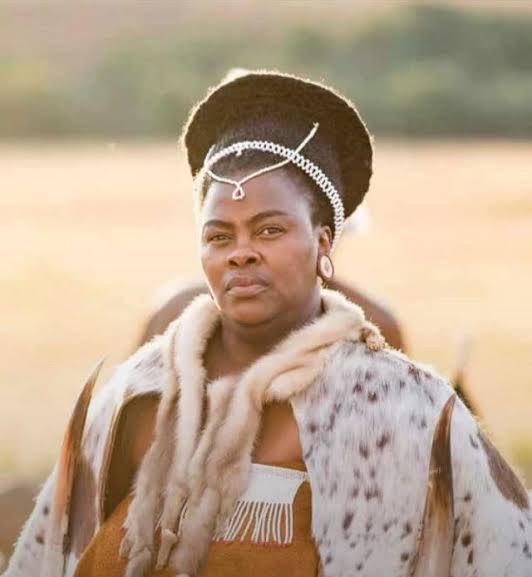1. KUKHULWA KOKUPHELA
In the final episode Grey fainted after his plan to turn people against Silandulo was up in smoke! UMaMkhwebu was standing over him using her apron to fan him! 😂
I got a few pics of the Kukhulwa Kokuphela crew. If you have more you may share. Ngobani?
In the final episode Grey fainted after his plan to turn people against Silandulo was up in smoke! UMaMkhwebu was standing over him using her apron to fan him! 😂
I got a few pics of the Kukhulwa Kokuphela crew. If you have more you may share. Ngobani?
6. Did you know that Mthandazo Ndema Ngwenya wrote the television drama Kukhulwa Kokuphela? Felix Moyo, historian Phathisa Nyathi and the late Robert ‘Donga’ Mele would make contributions because it was a series. When Ngwenya died Felix Moyo took over as the script writer.
9. Most of the crew members of Kukhulwa Kokuphela crew were established/published writers & poets and members of the Mthwakazi Arts & Writers Association (MAWA).
10. Where is Khraiseki (Edwin Nhliziyo),Mdlambulo (Wonder Siziba)..... Zodwa Mabhena, MaNkaza, MaMkhwebu, Gugu, Chrystabel, NaMankaza, Grey, Nqindi.... ?
• • •
Missing some Tweet in this thread? You can try to
force a refresh






















